
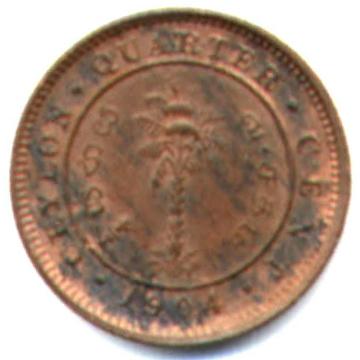

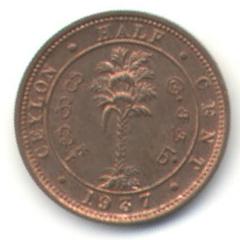
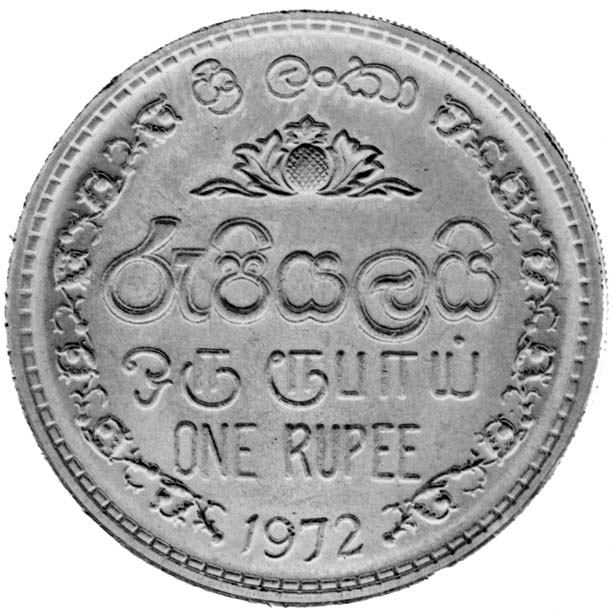
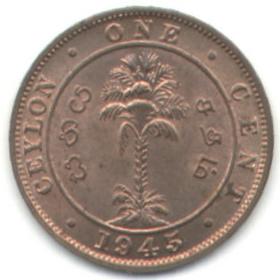
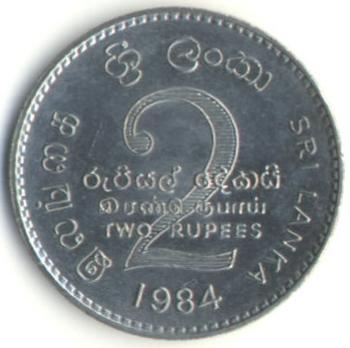
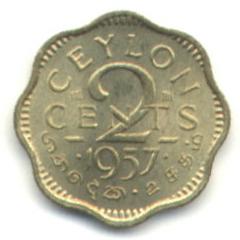
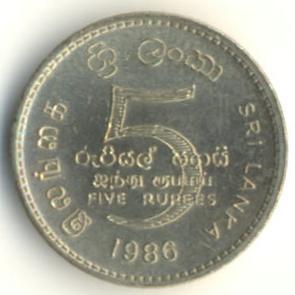
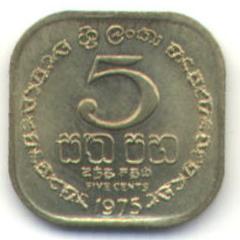
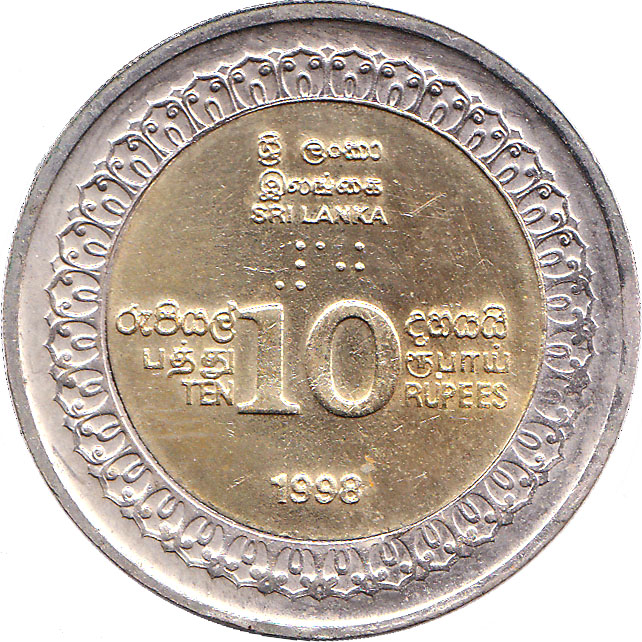
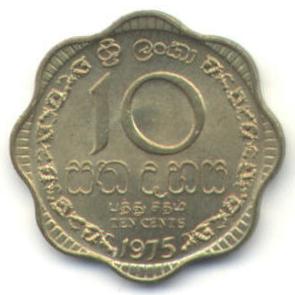
If most coins returned to the Bank, then their would be no need to mint more of them. However very many of them get saved in large hoards in boxes that collect offering at places of religious worship, or even in the homes of the public who see little value in returning them.
In the USA coin machines placed in some Grocery store take in mixed lots of coins and for a small percentage counts and issues credit. The machines are probably too expensive for wide deployment in Lanka. In any case, they too have been unable to draw back significant fraction of the US penny coins which are thrown away by many Americans, and Politics of jobs, keep the US Mint making billions of them each year, although they now cost more than face value to mint.
With cost of minting coins now much larger than face value, there will again probably need to be a major change in Lankan coins in the near future. It maybe even time now to get rid of all cents coins in Lanka. Ceylon demonetized the quarter cent in 1910 and the half cent in 1941 when they were in real value, worth more than five rupees today. Practically all items are now priced in whole rupees, except in Shops that play with meaningless differences.
The Rs2 and Rs5 coins are currently far too large relative to their small value. This makes change to heavy to carry around and expensive to mint. In most nations in the world the size of coins increase with denomination. Most would not want to carry a coin larger than the current Rs2/-. They all need to become smaller.
Looking through a bag of 800, 25 cent coins from the bank, I found 2 Foreign coins which seems to indicate that coins are counted by size rather than weight, thickness or even color which is often not clear when the coin is dirty. This is the main reason many did not like the Rs10/- coin. Despite the bimetallic nature the size and thickness was too close to the Rs 2/-coin. Public rarely look at the coins they use. How many readers know that among the Rs 5/- coins in circulation for the last 1.5 years there are coins with the images of Buddhist monks. Most I have asked did not know, although these monk coins are now few percent of the Rs 5/- coins in circulation.
Even in USA, Canadian coins which are almost the same size, weight and shape of the US coins get mixed in and a small percentage not detected for rejection by the automated counting machines. I have found them issued by the Bank in US coin rolls. So any new coins are smaller and only different in color there is going to be a lot of confusion, particularly when two different size of the same denomination are in circulation.
In my opinion there needs to be a change in shape as a clear indicator of a difference. Major changes to shape and size of coins need to be infrequent. Any changes need to be practical over more than the next 22 years when the value of Rupee will probably depreciate by another factor of Ten. I have a logical suggestion. Issue new coins to the size Standard of the early 1940. The public recognizes those shapes and sizes which were in use for a long period.
| last minted | |||||||||
| 1/4 Rupee | 3.24g | 18.0 mm | 
| 
| round | copper 1/4 | cent size 1904 | 0.59g | 14.3 mm |
| 1/2 Rupee | 5.51g | 21.5 mm | 
| 
| round | copper 1/2 | cent size 1940 | 1.18g | 18.5 mm |
| 1 Rupee | 7.13g | 25.4 mm | 
| 
| round | copper 1 | cent size 1945 | 2.36g | 22.5 mm |
| 2 Rupee | 8.30g | 28.5 mm | 
| 
| scalloped | Bronze 2 | cent size 1957 | 2.59g | 18.4/17.0 mm |
| 5 Rupee | 9.50g | 23.5 mm | 
| 
| Square | Bronze 5 | cent size 1975 | 3.24g | 18.4 mm |
| 10 Rupee | 9.00g | 27.0 mm | 
| 
| scalloped | Bronze 10 | cent size 1975 | 4.21g | 23.1/21.0 mm |
Gradually remove the current coins out of circulation. Later after the current 25 and 50 cents have been removed from circulation bronze Rs25 and Rs50 coins can be issued to the standard of the old brass twenty five and fifty cent coins.
I am told that the problem with the above suggestion is the use of coins in modern coin operated machines. Although they can be reprogrammed to accept coins of different diameter, thickness and weight they are designed to only accept circular coins. A proffesor at the University of Moratuwa who is an expert on automated robots said there is no such limitation. It seems that the needs of automated coin machines or the ignorance of those who market them in Lanka influence the selection more than the needs of humans to easily identify the denomination of a coin in circulation.
Many countries have removed extra zero's from their currency system after a lot of inflation. So maybe some time in the future define a new rupee= 100 current Rupees, and remove the extra pair of zeros in the currency system, and the rupee will regain the significant value it should. The rupee was defined by SherSharSuri in 1540 as 11.4 grams of fine Silver, worth now over SLRs200/-.
A newspaper advertisment by CBSL on 2005 January 2nd, called for Expression of Interest for minting and Supply of Sri Lanka Coins before 15.01.2005. Quantities of coins without any specifications were listed as below
| Denomination | Quantity (in mn.pcs.) |
| Rs 5 | 50 |
| Rs 2 | 50 |
| Rs 1 | 65 |
| Cts 50 | 20 |
| Cts 25 | 10 |
CBSL is clearly seeking to mint the Rs427.5Million of 2005 coins at a lower cost than at the Royal Mint in UK which has minted most of the SriLanka coins since 1959.
The coins of Lanka will need to get lot smaller much sooner. To ensure they can be be properly identified, they should have a different well recognized shape.
Author maintains an educational website on two thousand years of Lankan coins at http://coins.lakdiva.org.lk/, and is a life member of the Sri Lanka Numismatic Society.